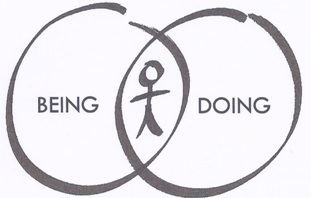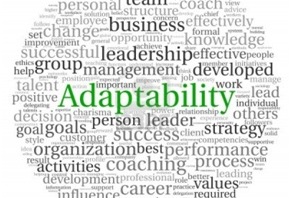Did I offer PEACE today? Did I bring a smile to someone’s face? Did I say words of healing? Did I let go of my anger and my resentment? Did I forgive? Did I love? These are the real questions. I must trust that the little bit of love that I sow now will bear many fruits, here in this world and the life to come. ~Henri Nouwen
As 2014 comes to a close, it feels like a year that has lacked PEACE. From as far as Syria to as close as Ferguson, PEACE has alluded us at many turns. Regardless of what we may believe individually at this time of year, we can probably all agree that we yearn for PEACE.
close, it feels like a year that has lacked PEACE. From as far as Syria to as close as Ferguson, PEACE has alluded us at many turns. Regardless of what we may believe individually at this time of year, we can probably all agree that we yearn for PEACE.
Henri Nouwen challenges us to ask, “Did I offer PEACE today”? He goes on to give us the means for PEACE. Did we bring a smile to someone’s face? Did we say words of healing? Did we let go of our anger and resentment? Did we forgive? Did we love?
Imagine an organization whose leaders offer PEACE. What if each leader intentionally focused on bringing a smile to an employee’s face, every day? What if the leaders took the time to be empathetic with employees and share words of healing? What if the leaders were capable of letting go of anger or resentment toward one another?
I’ve seen numerous leadership teams struggle to get in sync, to collectively fire on all cylinders. Or maybe Henri Nouwen would say they weren’t offering one another PEACE.
History tells us that in the early 1900s the purpose of organizations was to create scale. By mid-century the purpose transitioned to provide advanced services. Today, in the 21st century, the purpose of organizations is to become a place to create complete and meaningful experiences. It’s hard for me to imagine a place that creates complete and meaningful experiences without PEACE. It’s a new world, where people want PEACE and organizations need PEACE in order to thrive.
Mother Teresa’s wisdom may be words of insight for leaders of organizations in the 21st century. She said, “If we have no PEACE, it is because we have forgotten that we belong to each other.”
During this week of holiday celebrations, as leaders, let’s offer others PEACE, because we belong to each other.



